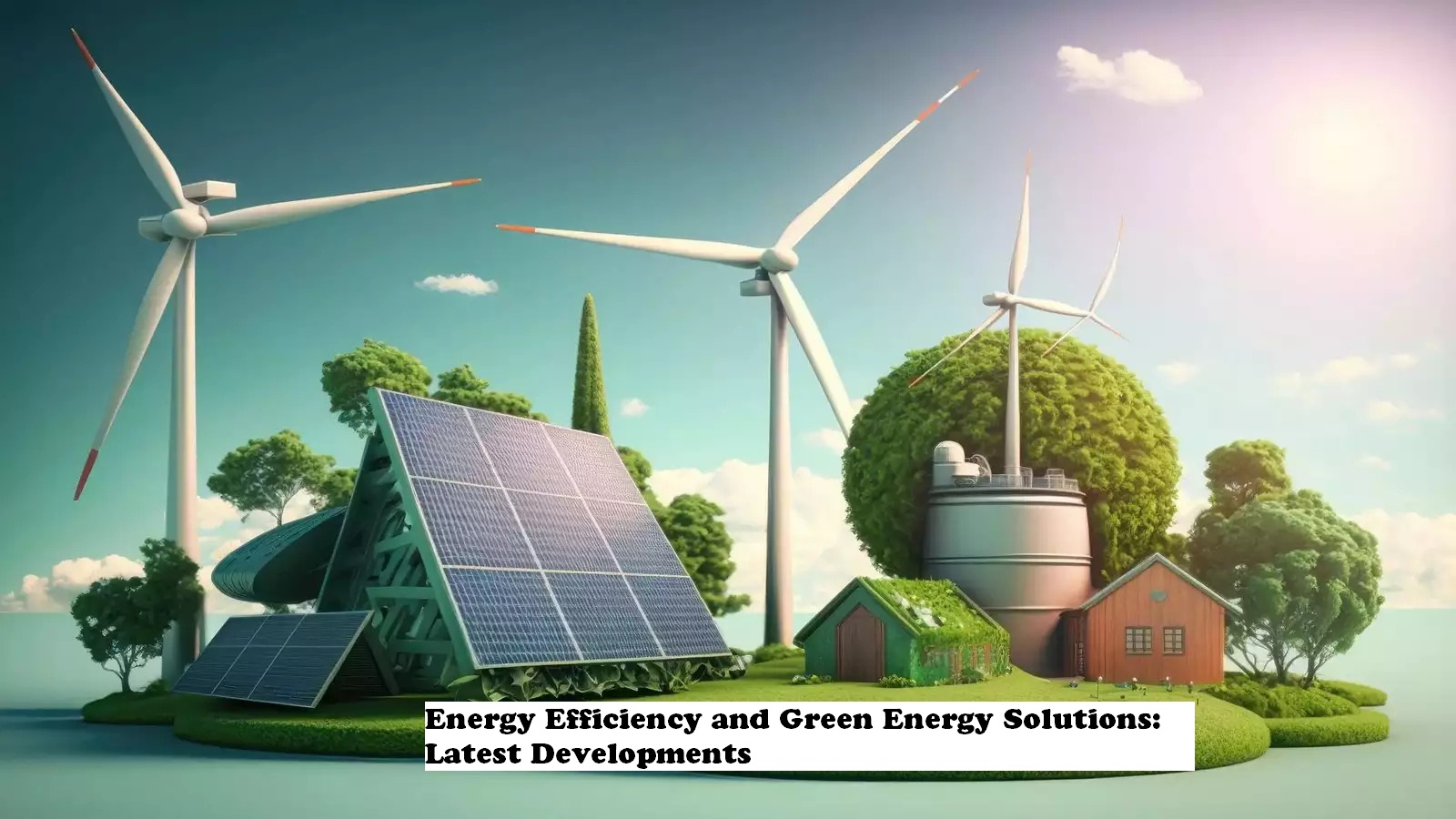Summary:
As the global demand for sustainable energy solutions grows, businesses are increasingly prioritizing energy efficiency and green energy solutions to combat climate change and reduce environmental impact. From corporate social responsibility (CSR) activities to carbon footprint calculators, organizations are adopting innovative strategies to improve their sustainability environment and contribute to a low-carbon economy. This blog explores the latest advancements in energy efficiency, carbon offsets, and sustainability reporting, helping businesses align with ESG standards and stay ahead in an evolving market.
The Role of Energy Efficiency in Corporate Sustainability
Businesses worldwide are shifting towards energy efficiency as a core strategy to meet corporate sustainability goals. Reducing energy consumption not only lowers costs but also helps in reducing carbon footprint, aligning with global efforts to mitigate global warming.
Key advancements in energy efficiency include:
Smart grid technology to optimize energy distribution.
AI-driven energy management systems for real-time monitoring.
Adoption of LED lighting and high-efficiency HVAC systems.
Integration of renewable energy sources like solar and wind power.
Companies investing in these technologies are not only achieving operational savings but also improving their sustainability reports, showcasing their commitment to climate action and environmental sustainability.
Carbon Footprint Calculators: Measuring Impact for a Greener Future
With growing concerns over climate change, businesses are leveraging carbon footprint calculators to measure and track emissions. These tools help organizations:
Assess their direct and indirect carbon emissions.
Identify key areas for emission reduction.
Implement targeted strategies to reduce carbon footprint.
By incorporating GRI standards in their sustainability frameworks, companies can ensure transparency in sustainability reporting, enhancing their credibility with stakeholders and aligning with ESG principles.
Carbon Offsets and Carbon Credits: A Path to Carbon Neutrality
Organizations committed to corporate social responsibility are increasingly investing in carbon offsets and carbon credits to balance their environmental impact. These initiatives support projects like:
Reforestation and afforestation programs.
Renewable energy development projects.
Methane capture and carbon sequestration.
By participating in the carbon market, businesses can actively contribute to climate change solutions while enhancing their brand reputation and meeting regulatory requirements.
Sustainable Agriculture: Bridging Green Energy and Environmental Sustainability
The agricultural sector plays a crucial role in environmental sustainability. Adopting sustainable agriculture practices helps mitigate the impact of climate change while ensuring food security.
Innovative solutions in sustainable agriculture include:
The use of solar-powered irrigation systems.
Implementation of precision farming techniques.
Adoption of organic farming to reduce reliance on chemical inputs.
These approaches not only promote corporate sustainability but also contribute to a resilient food production system, aligning with global sustainability goals.
Sustainability Reporting and GRI Standards: Transparency in Action
With increasing regulatory pressure and stakeholder expectations, companies are required to enhance their sustainability reporting in line with GRI standards. Transparent disclosures help businesses:
Track progress towards sustainability goals.
Build trust with investors and consumers.
Align with international climate agreements.
Companies that integrate robust ESG frameworks into their operations are better positioned to navigate the complexities of modern environmental regulations while demonstrating their commitment to corporate social responsibility.
Climate Change News: Policy and Market Trends
Keeping up with climate change news is essential for businesses to stay ahead of evolving policies and market trends. Recent developments include:
Stricter carbon taxation policies.
Increased government incentives for renewable energy adoption.
Enhanced corporate reporting mandates for climate action.
Businesses that proactively adapt to these changes are more likely to maintain competitive advantages while supporting climate change solutions.
Conclusion: Embracing Energy Efficiency and Green Energy for a Sustainable Future
The transition to energy efficiency and green energy solutions is no longer optional—it is a business imperative. Companies that prioritize sustainability environment initiatives, such as carbon offsets, sustainable agriculture, and corporate social responsibility, will lead the way toward a more sustainable and resilient future.
By integrating advanced carbon footprint calculators, improving sustainability reporting, and aligning with GRI standards, businesses can drive meaningful climate action while enhancing operational efficiency. As we move towards a low-carbon economy, embracing climate change solutions will be key to long-term success.
For more insights on energy efficiency, sustainability, and corporate climate strategies, visit ClimeKare.







